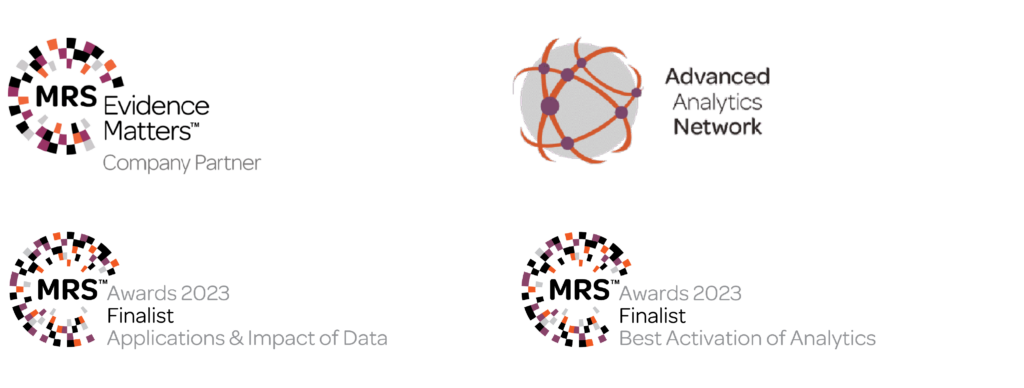Segmentation studies typically involve large samples, and quite long surveys. This means they create an extremely rich data set that can be mined independently to the segmentation process itself.
These simpler category-level insights are sometimes neglected or forgotten about amongst the excitement of new segments to play with. If there isn’t a clear linkage between the data collected and internal needs, or resource in place to run and interpret this detailed analysis, then you’ll be neglecting a huge source of competitive advantage.
We would encourage this dataset to be added into any existing data lakes (a repository of data stored in its natural/raw form) and in particular usage and attitude data should be brought out and made accessible to wider team members, through online dashboards, cross-tabbing tools, or via support contracts.
Real-life example
On one segmentation study, we helped a client with over 90 separate data requests, almost none of which had anything to do with the segmentation itself. Our client mentioned in passing an internal project, to understand in more depth consumer’s issues with the fit of their clothes. We were reminded that we had a question in our segmentation data set on how easy people found it to find clothes that fit. Although this was only one question, we were able to apply this as a lens over the whole dataset and create a very short initial report on this key business priority. We certainly didn’t answer all their questions, but it’s provided a really good foundation and direction for that work stream.
One of the main blockers for brands in getting the full impact and value from their data, is internal resource or lack thereof. An Insight Director is usually already juggling many different projects and commitments, and doesn’t have space in the day to review last year’s questionnaire to decide what may be of use, or to look at the data again. Segmentation framework shouldn’t create more work, it should create efficiency within your organisation, but analysis will always require time. This time is an additional cost often overlooked and is something that needs to be built into core business processes and programme roadmaps.
“I know this is controversial, but my belief is that our insight industry isn’t backward looking enough! Huge amounts of primary research data – perhaps half of it – are forgotten about after a debrief presentation, and go completely unexplored. There is a massive amount of latent commercial potential in this data.”
Dr. Leigh Morris, Strategy Director
When presented with a business need which requires research, every insight professional should first ask themselves what data they already have that can get them someway towards an answer. If you’ve already got a CX tracker, brand tracker or segmentation data set then these are all great places to start. If your resources are stretched and you anticipate that this will be an issue, many agencies like ourselves set up support contracts for the insight.


